Vietnam
Today is a well-earned sea day with the usual
activities available. This will give us time
to absorb the overwhelming activities of Hong Kong and prepare for the new
challenge of learning about our arrival in Vietnam tomorrow, something I need to learn more about.
The 10 o’clock lecture introduced Indochina, the peninsula that includes Vietnam, Thailand, Cambodia, and Laos.
The language uses Arabic characters. Additional characters include marks above and below the character. These characters tell the reader the inflection of the sound, which changes the meaning of the word. ⟨ă⟩, ⟨â⟩, ⟨ê⟩, ⟨ô⟩, ⟨ơ⟩, ⟨ư⟩, and ⟨đ⟩. There are an additional five diacritics used to designate tone (as in ⟨à⟩, ⟨á⟩, ⟨ả⟩, ⟨ã⟩, and ⟨ạ⟩). We are told it is very difficult to learn, and I believe it.
After the lecture, Merry attended the singing group and had lunch in the grand dining room.
Now, you must wonder how far we travel on our cruise. We disembark in Dubai on May 13 after three months aboard the ship, but I don’t think that will be the end of this adventure or this blog. The next stage of our travels is just getting started, and that is when the most exciting part of our travels happens.
April 10
When the ship docked at 7 a.m. in the port of Ha Long, we drove to Hanoi, the capital city, for two hours. It is known as Little Paris due to its French architecture. We took a
tour of a historic Jail with barbaric conditions.
Prisoners were shackled 24/7, not comfortable at all, but one way to make sure they stayed where they were.
The Guillotine. This was the worst torture of all and drove many insane.
We visited the usual Temple. A Temple is not what we would imagine; it is a place for individual prayer. People come and pray and then move on.
We stopped for lunch at a restaurant, family-style.
We learned how to cross the street. Traffic is continuous and will not stop for pedestrians, even on a crosswalk. The trick is waiting for a little gap and walking without stopping or changing directions. The traffic will naturally weave around you. If you stop, they will likely hit you. It is like walking in an airport. People come at you from every direction but we naturally adjust our step or change direction slightly to miss each other. You have to be brave and determined. So far, we have not seen any accidents. As you can see from some of our pictures, most of the traffic is motorcycles and scooters.
We saw many ladies wearing the typical Asian Conical Hat.
We visited the most famous president, Ho Chi
Minh’s memorial. There was no statue in sight,
just a heavily guarded tomb.
This presidential palace is painted in
the traditional Vietnamese peaceful colors of yellow and red [roof].
The Presidential Residence.
We returned home [the ship] at 7:30 p.m. for a quick dinner and a show featuring a
wonderful harmonica player.
April 11
On the second day in Ha Long, our tour took us
to Dao Village to visit locals in their homes and work. The first stop was a wildflower garden featuring guava fruit. The owner told us
how they grow and get harvested and gave us a sample to eat with
local tea.
In the mountainous area, we viewed rice
fields and sugar cane. There is a lot of poverty in this area, and it is a challenge to get children to attend school. We stopped at the community
center for a demonstration of cultural dancing in the village center.
Merry was a good sport, trying the wood stick dance. She figured that if she did it, anyone could!!
We visited a home that makes yellow flower tea and were invited to their home to sample the tea.
Lastly, we visited a home that makes rice wine. They demonstrated how it is made and provided
samples to taste.
On the way back to the ship, we visited a lab
that makes cultured pearls in Oysters.
April 12
The ship arrived in the port of Chan May at 10 a.m. Our tour did not start until 1 p.m., so we walked ashore to the port building, which had stalls set up. We bought several items and returned to the ship for lunch, already hot and exhausted.
The tour took us to Da Nang, the third largest city in Vietnam, in the country's center. The weather is gradually getting hotter and hotter. Today's high was expected to be 96 degrees and very humid, with a nighttime low of 76 degrees. By noon, the high was reached …..and rising.
The bus took us one hour to get to the city of Da Nang. On the way, we passed through a very long tunnel through the mountain, four miles long, and it took six minutes to travel through at 60 mph.
As soon as we emerged from the tunnel, we were in the outskirts of Da
Nang, a city of 1.2 million. Our first
stop was a museum that displayed many historic stone carvings.
After the museum, the bus dropped us off at an indoor market. It is two stories, and to say it was crowded is an understatement. The stalls were full of stock, and the aisleways were only big enough for one person to walk, but shoppers were in every aisle, looking at the goods, while other shoppers tried to walk past in both directions. This atmosphere drives me crazy, and I could not wait to get out. Merry can handle crowds better than me, but even she wanted out, but only after buying a souvenir as she exited. A terrible fire hazard.
The exchange rate is 25,000 VND to one US dollar. Most places take credit cards; if they do, they will accept USD. A friend went to an ATM, withdrew $40, and ended up with 1,000,000 VND
The next stop is Marble Mountain. It is a gigantic shop that sells marble statues, large and small. We got to see a craftsman working on a
statue.
Next, we traveled to the beach nicknamed China Beach and Little Miami. The beach is 10 miles long, with wonderful sand and warm water. Along the beach, there are many five-star resorts. This is an area where the US military took short breaks to recover from the war effort.
We passed the Dragon Bridge.
Our last stop was Monkey Mountain, a gigantic lady Buddha statue high on the hill overlooking the bay erected to give the fishermen good luck. During the hot afternoon, we did not see any monkeys, but they are smarter
than us.
On the way back, we ran into cows on the road and a million motorbikes and scooters.
April 13
On the second day in Port Chan May, we drove for about 20 minutes to Lang Co village market, just south of the old Vietnam border. It is a very poor population. Very crowded. The people are very friendly and seem very happy. The children don’t know any different. Constantly overloaded scooters coming from everywhere. Fresh food, fish, hardware, churches, playing games - chess pool cards.
The temperature is approaching 100 degrees F and very humid. I don’t tolerate the heat at all. I bought a fan in Hanoi that sits around my neck and helps provide a breeze over my face. It charges from a USB. I don’t like crowds either; I get panic attacks.
Some of the homes in the neighborhood.
We stopped at a pearl and jewelry shop. It had air conditioning, toilets, and a cold drink stand, which was welcome.
We visited an oyster farm in brackish water, which is where salt and fresh water mix.
The last stop was a beach resort, where we had drinks and fruit the guide had bought earlier at the market. Then, it was a 20-minute ride back to the ship for lunch and an early departure.
The ship pushed off just after 1 p.m., and we looked forward to a quiet afternoon. In the evening, we attended a wedding anniversary party for our friends Liz and Joe.
April 14
We arrived at Nha Trang, a natural harbor and a local tourist resort at the south end of Vietnam, anchored just off the pier. We took the tender, which is two of the ship's lifeboats used to ferry passengers to shore when there is no port and we have to anchor.
We took the city tour,, and the first stop was
the Long Sun Pagoda. In Vietnamese, Long
means ‘dragon’, and Sun means ‘mountain’.
High on the hill above the pagoda is yet another large Buddha 80 feet high, built in 1963. The image in front is similar to the German swastika. In Germany, it stands for “the power of control”. In Vietnam, it stands for “the power of love”.
The next stop was Ponagar Chamba Tower,
an ancient site 1,500 years old and has been well preserved. This is an extremely unique artistic and
architectural work of the ancient Cham people.
The third stop was yet another market. This one is indoor.
The ladies did the shopping while the men
took advantage of the $1 beer at the café.
The last stop was quite a surprise. Handyman Workshop Village. We had no idea what to expect. We were first given a demonstration of the interesting
musical instruments they make.
Followed by a demonstration of paintings,
weaving
and making rattan furniture.
April
15
We traveled down the Saigon River for four hours, arriving at the center of Ho Chi Minh City at 11 am. The original city name was Saigon, but it was changed to Ho Chi Minh City after the war in 1976 to improve its image. However, the locals still call it Saigon or Little Miami. Even the busses say Saigon. The city has a population of 10 million and has a French influence. 80% of the country is dense jungle and swamps. There are a lot of poor and homeless. The city never sleeps, and the crime rate, they say, is very low. The children go to school six days a week, Monday to Saturday. This is definitely an agricultural country, a ‘developing nation’.
We had an early lunch and took an afternoon city tour. The further south we travel, the closer we get to the equator, and the hotter the weather gets, which is all the worse after getting off the deliciously cool ship.
We arrived at the commercial wholesale Market. It was
so hot, and we had been to many markets, so we stayed on the bus.
As we sat in the bus, We saw this man taking a nap in a
hammock under a tree, fastened to a street fence with an umbrella shading
him. I think he is homeless. A large rat ran by underneath him.
Our next
stop was the Former Presidential Palace, rebuilt in 1966.
April 16
Our tour started at 6:25 am. For once, we saw a nice sunrise.
As the bus set off to the Cu Chi "Ben Duoe" Tunnels 1-1/2 hour away, the roads were already crowded with scooters and other traffic. No sign of freeways or even highways. Very stop-and-go all the way.
We visited the tunnels up to 200 miles in length with concealed entrances and deadly booby traps.
This patch of grass is a swinging booby trap. As one steps on it, it rotates down, sending
the person on to sharp spikes.
We are not sure that these covers existed during wartime, but they reveal
bunkers for cooking, making weapons, and sleeping.
The vent hole for the underground bunkers is concealed by a fake termite mound.
We were invited
to crawl along a 20-yard section of the tunnels, just two feet wide and three
feet high. I decided not to try the “crawl” myself.
The tunnels were all hand-dug with this simple tool and basket.
They created shoes with the sole facing backward, making it look like they were leading in the other direction and confusing trackers.
We traveled back to Saigon, where we visited the War Museum. We only had 20 minutes to see three floors with no air conditioning, 100 degrees, and high humidity. We were overwhelmed by the photos and stories but could not fully absorb the sobering message that they had to tell.
In 1954, the country was divided into North and South. Civil war broke out between the North and South. The North wanted to convert the South to communism. The US came to help the South stop the ripple effect in other countries, but ultimately, they were unsuccessful against the gorillas due to the dense jungle and tunnels. Agent Orange gas was used and caused horrific damage to the local population. 80% of the injured died. The returning troops got NO recognition back in the USA. The country is now at peace because Henry Kissinger created the Paris Agreement.
The ship set sail at 2 pm, allowing some time to absorb all we have learned. Vietnam is a beautiful country with charming people. We enjoyed our visit.
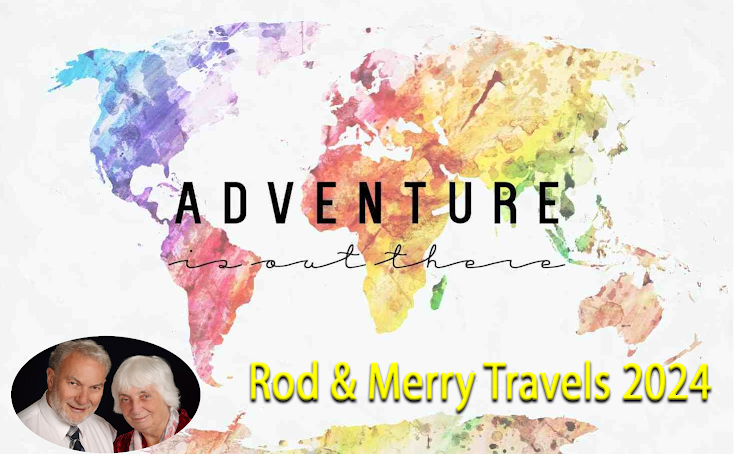



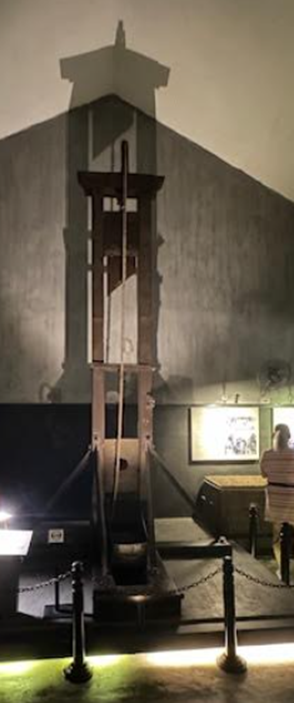



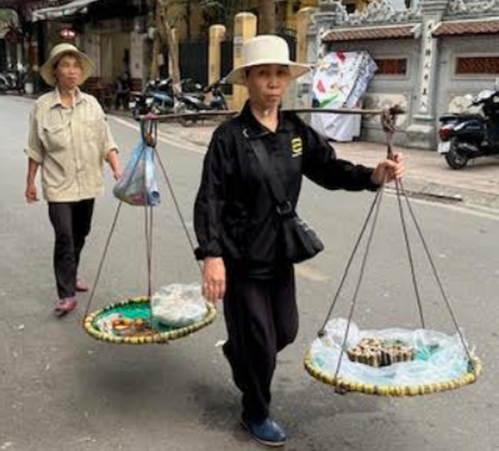



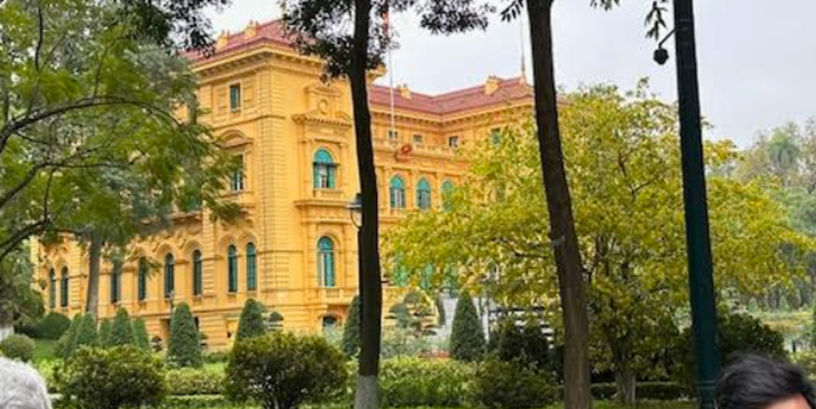














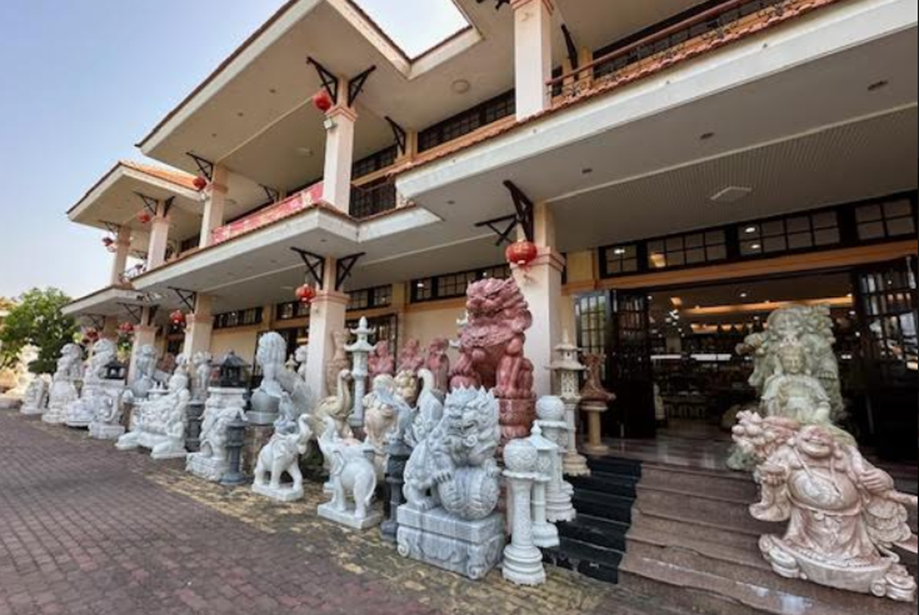











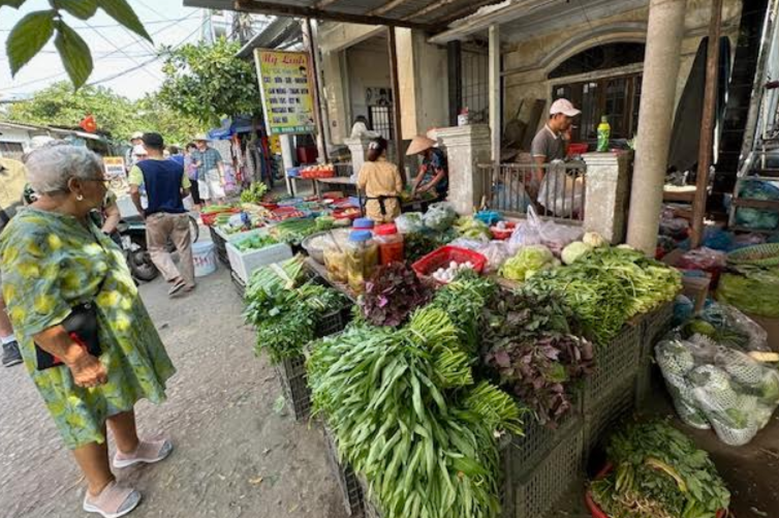

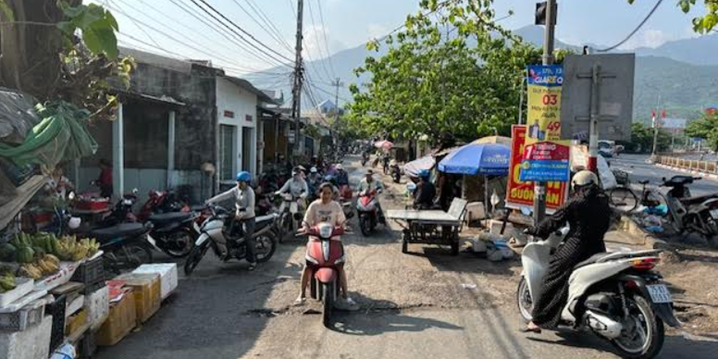


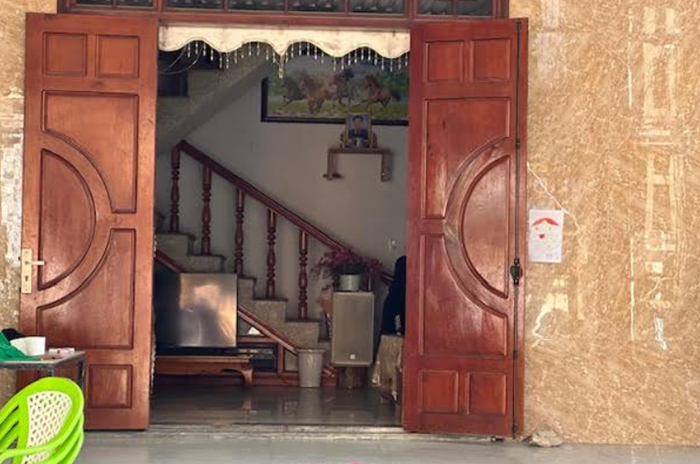




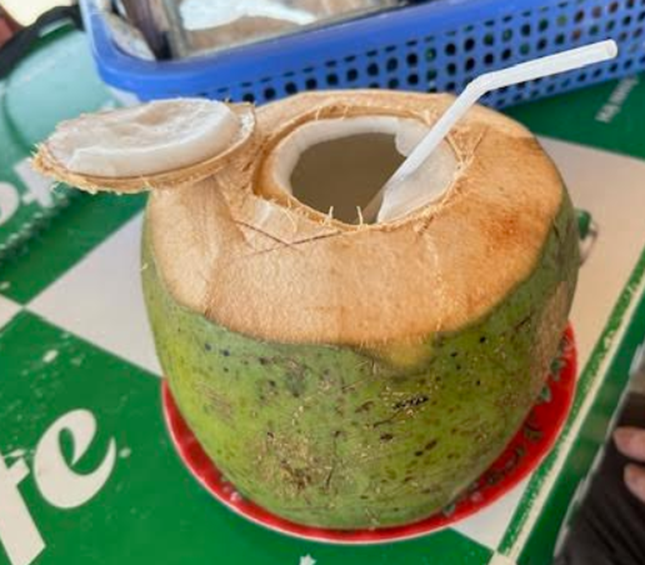
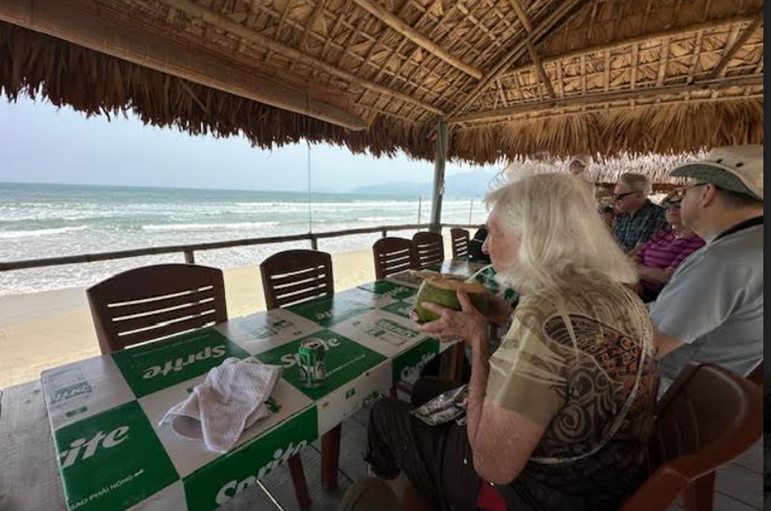


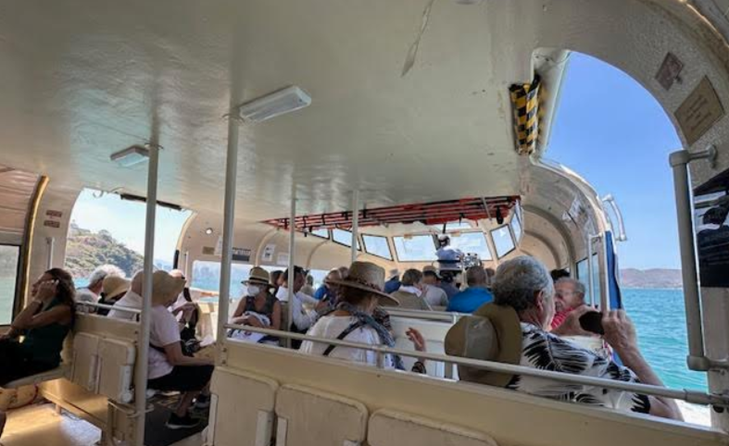

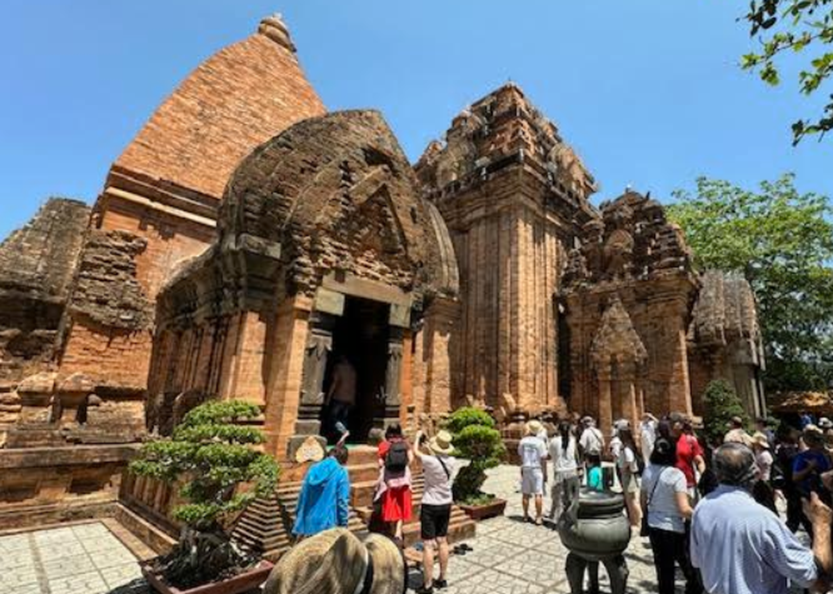














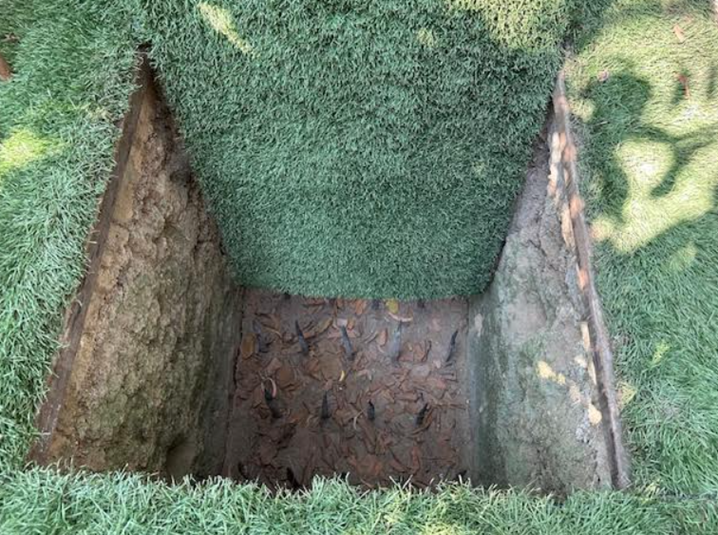






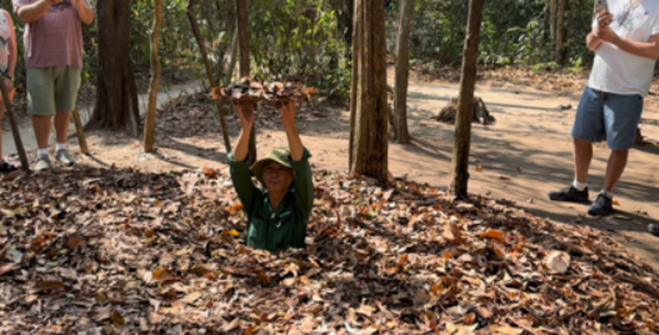




I am so enjoying your weekly posts. We were in Vietnam several years ago and crawled through that tunnel -- an experience to say the least! A country visited but not likely to return! Enjoy your time in Thailand. I look forward to your next post!!
ReplyDelete